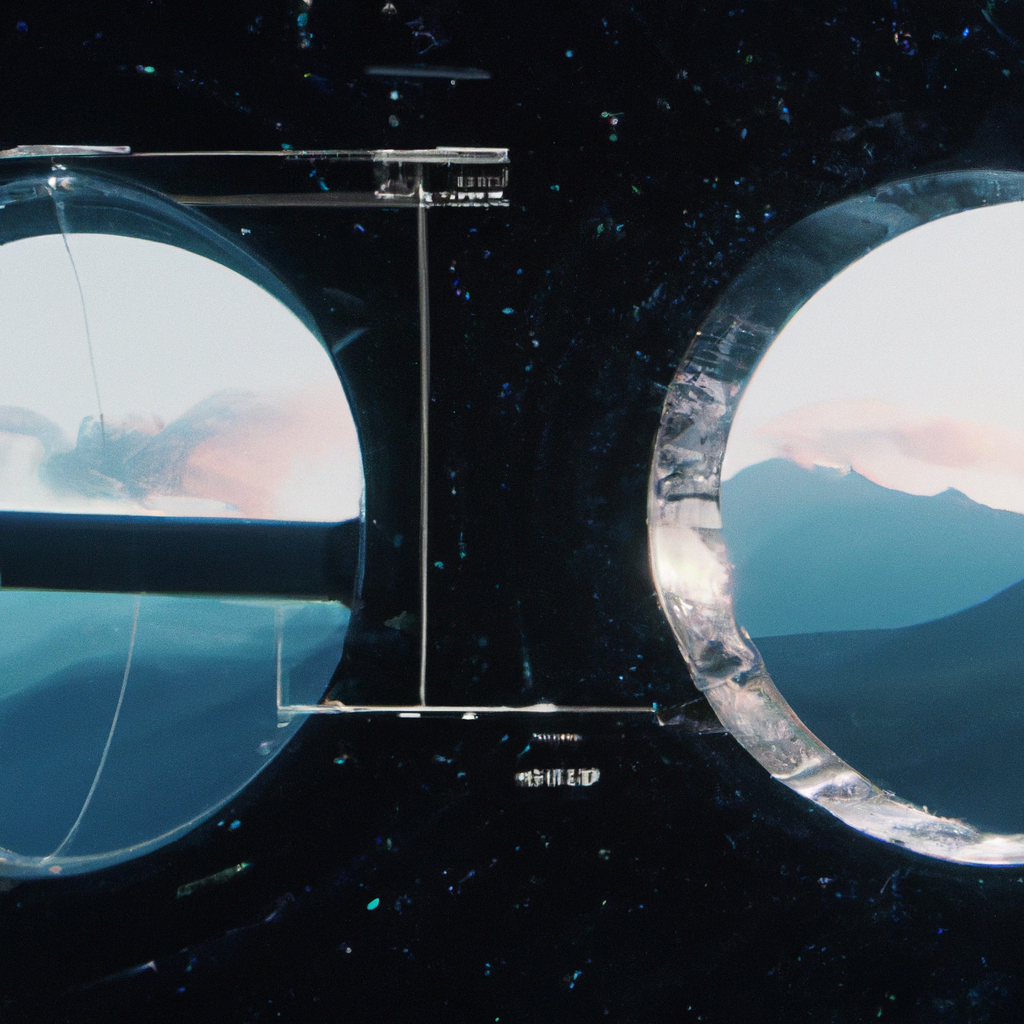The Hadron Collider, also known as the Large Hadron Collider (LHC), is a particle accelerator located at the European Organization for Nuclear Research (CERN) near Geneva, Switzerland. It is the largest and most powerful particle accelerator in the world, designed to accelerate subatomic particles to incredibly high energies and smash them together at nearly the speed of light. In this article, we will explore how the Hadron Collider works and its significance in the field of particle physics.
What is particle physics?
Particle physics is the study of subatomic particles, which are the building blocks of matter. These particles include protons, neutrons, electrons, quarks, and many others. Particle physicists study the properties and behavior of these particles to understand the fundamental laws of nature that govern the universe.
What is the Hadron Collider?
The Hadron Collider is a giant circular tunnel that is 27 kilometers in circumference and 100 meters underground. It is made up of a series of powerful magnets that accelerate beams of subatomic particles in opposite directions. These beams are guided by magnetic fields and gradually gain energy as they travel around the ring.
Particle Acceleration
The process of particle acceleration involves using powerful magnets to create a strong magnetic field that pulls charged particles, such as protons, along a circular path. As the particles travel around the ring, they are accelerated by electric fields that push them to higher and higher energies. The magnets in the Hadron Collider are superconducting, meaning they can maintain a strong magnetic field without generating heat. This allows them to operate at extremely low temperatures, close to absolute zero.
Proton Collisions
Once the two beams of protons have been accelerated to nearly the speed of light, they are made to collide head-on at four locations around the ring. These collisions produce a shower of subatomic particles that are detected by sophisticated particle detectors. The detectors are designed to measure the energy, momentum, and identity of the particles produced in the collision.
Particle Detectors
Particle detectors are an essential part of the Hadron Collider. They are used to detect the subatomic particles produced in the collisions and measure their properties. There are several types of particle detectors used in the Hadron Collider, including:
- Tracking detectors – used to track the path of charged particles
- Calorimeters – measure the energy of particles
- Muon detectors – detect muons, a type of subatomic particle
What is the Higgs boson?
The Higgs boson is a subatomic particle that was discovered in 2012 by scientists working at the Hadron Collider. It is a key component of the Higgs field, which is thought to be responsible for giving particles mass. The discovery of the Higgs boson was a major breakthrough in particle physics and confirmed a key prediction of the Standard Model of particle physics.
Conclusion
The Hadron Collider is a remarkable feat of engineering and technology, allowing scientists to study the fundamental properties of subatomic particles and the forces that govern them. Its discovery of the Higgs boson has opened up new frontiers in particle physics and provided a deeper understanding of the universe. The Hadron Collider will continue to play a crucial role in high-energy physics research for many years to come.







